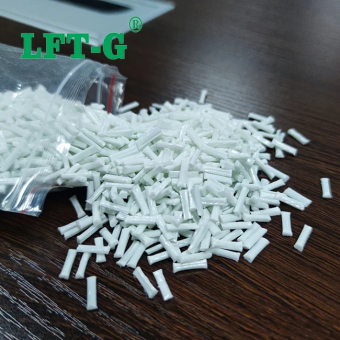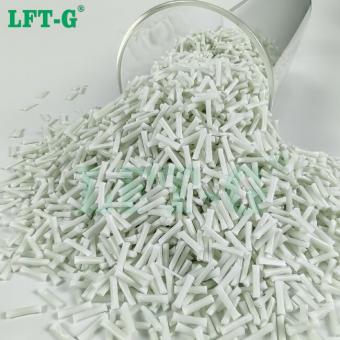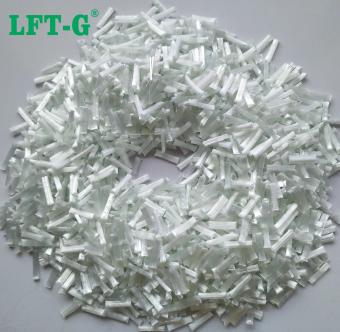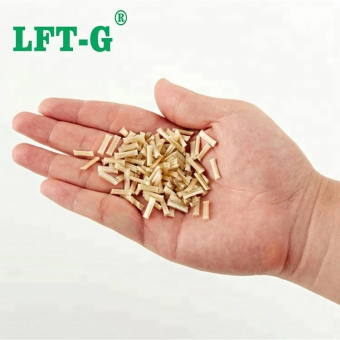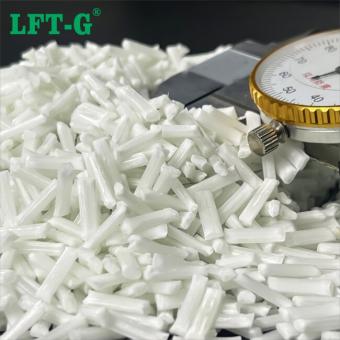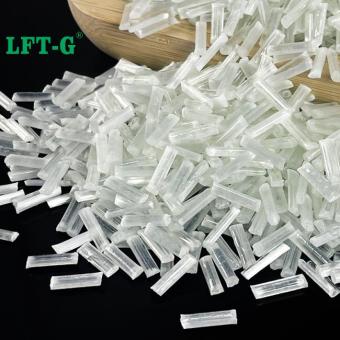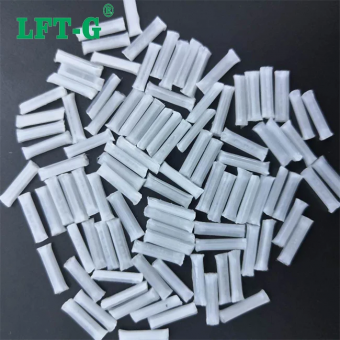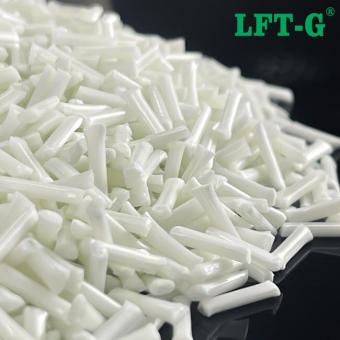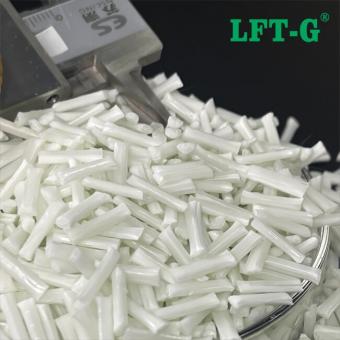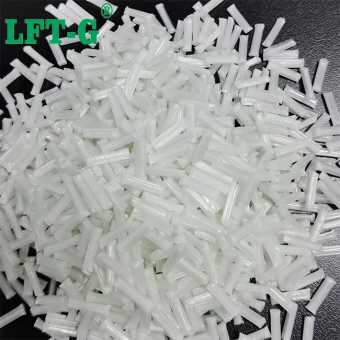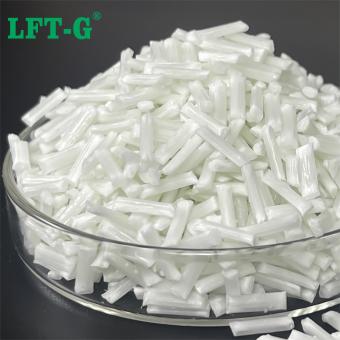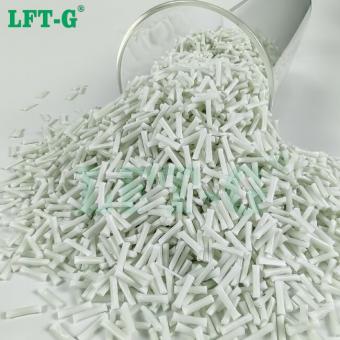-
High Dimensional Stability PBT Long Glass Fiber Polymer PelletsPBT has properties similar to those of PET (polyethylene terephthalate). It is known for its dimensional stability, low moisture absorption, high strength, stiffness, and chemical, UV, and thermal resistance. It is commonly used in automotive fenders and interior trim pieces, power tool housings, and electrical enclosures.
- pbt material
- glassfiber gf reinforced pbt market
- pbt resin
- pbt plastic
- glass filled pbt
- pbt-gf10
Tags :
-
UV Resistant PE Long Glass Fiber Polymer PelletsClassified as a thermoplastic polymer in the polyethylene family, HDPE exhibits exceptional resistance to moisture, chemicals, and impact. This resilient and dense material is produced through the process of polymerization, resulting in a robust and durable substance.
- virgin pellet
- polypro pellets
- fiber reinforced hdpe composite pipe
- long fibre reinforced pellets
- lft pellets
- plastic pellets
Tags :
-
Green Materials PLA Long Glass Fiber Polymer PelletsThe addition of long glass fibers enhances the mechanical properties of PLA, such as strength, stiffness, and impact resistance. This makes LFT-PLA ideal for applications requiring high load-bearing capacity.
- reinforced thermoplastic
- reinforced pla
- modified plastic
- polylactic acid (pla) plastic
- pla pellets
- pla plastic injection molding
Tags :
-
High Imapct Resistance PPS Long Glass Fiber Polymer PelletsLFT®PPS-NA-LGF is glass reinforced PPS compound, which is filled with glass fiber based on the PPS resin.
- pps car parts
- pps plastic price
- pps pellets
- pps glass fibre
- pps plastic melting point
- pps raw material
Tags :
-
High Tensile ABS Long Glass Fiber Polymer PelletsABS injection molding refers to the process of injecting molten ABS plastic into a mold at high pressures and temperatures. There are many ABS injection molding applications as it is a widely used plastic and can be found in the automotive, consumer product, and construction industries to name a few.
- flammability properties
- lightweight composite
- glass fiber reinforced polymer price per kg
- ABS GF
- ABS electronics
- ABS Car parts
Tags :
-
High Tensile TPU Long Glass Fiber Polymer PelletsTPU (Thermoplastic Polyurethane) long glass fiber reinforced composite is a high-performance material that combines the excellent flexibility, abrasion resistance, and weatherability of TPU with the superior strength and dimensional stability of long glass fibers.view more
-
High Toughness Nylon PA12 Long Glass Fiber Polymer PelletsThe characteristics of the material may be considerably improved by mixing glass fibers with Nylon compounds. Glass fibers act as reinforcement and slow down the movement of the polymer chains to boost the material's strength and stiffness.view more
-
High Toughness Nylon PA66 Long Glass Fiber Polymer PelletsLong glass fiber reinforced nylon 66 has better reinforcement effect and dimensional stability, and the rigidity, tensile, bending, impact resistance and fatigue resistance of the manufactured products are better, and the service life is longer.
- polyamide 66
Tags :
-
High Toughness Nylon PA6 Long Glass Fiber Polymer PelletsPolyamide, which is also known by Nylon, has excellent heat resistant properties, especially when combined with additives and filler materials. In addition to this, Nylon is very resistant to abrasion. Xiamen LFT offers a wide range of temperature-resistant nylons with many different filler materials.
- polyamide 6
Tags :
-
High Impact Copo PP Long Glass Fiber Polymer PelletsCombining the flexibility of Polypropylene and the properties of fiberglass, PP-GF Compound material increases performance and brings reliability to the market.view more
-
High Performance PP Long Glass Fiber Polymer PelletsPolypropylene, also known as PP or polypropene, is a polyolefin or saturated polymer. It is a low-density thermoplastic with good resistance to heat. Other characteristics of PP include: chemical resistance, elasticity, toughness, fatigue resistance, and electrical insulation capability.
- homopolymer example
- copolymer vs homopolymer polypropylene
- pp gf40
- PP for injection molding
- fiberglass pp
- plastic factory
Tags :
-
Xiamen LFT-G HDPE filling long glass fiber thermoplasitc reinforced compoundsHigh-density polyethylene (HDPE), also called polyethylene high-density (PEHD), is a thermoplastic polymer made from the monomer ethylene. When used for HDPE pipes, it is sometimes called "alkathene" or "polythene." With a high strength-to-density ratio, High-density polyethylene (HDPE) is used to produce corrosion-resistant piping. In addition, HDPE is commonly recycled.
- HDPE filling lgf20
- lgf hdpe composite materials
- reinforced hdpe plastic resin
- long glass fiber hdpe
- Thermoplastic hdpe lgf
- hdpe resin compounds
Tags :

 e-mail
e-mail English
English français
français Deutsch
Deutsch русский
русский italiano
italiano español
español português
português العربية
العربية 日本語
日本語 한국의
한국의 中文
中文












